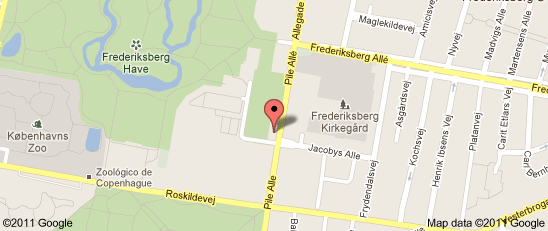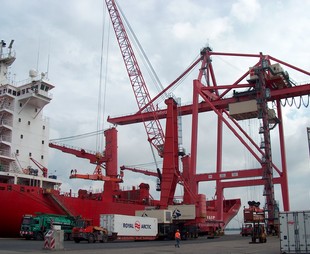Human and income poverty: OECD countries,
Central and Eastern Europe and the CIS
First two columns Human Poverty index (HPI-2) Rank and Value
3th column Probability of birth of not surviving to age 60.
4.th column Population lacking functional literacy skills c, †(% ages 16–65)1994–2003
5.th column Long-term unemployment †(% of labourforce)2005
6-7-8-9 th column:Population below income poverty line (%)
6th column 50% of median income 1994-2002
7th column 11$ a day 1994-2005
8th column 4$ a day 1996-99
9th column HPI-2 rank minus income poverty rank
look up on page 296
human development report 2006
Human development indicators
Notes This table includes Israel and Malta, which are
not Organisation for Economic Co-operation and
Development (OECD) member countries, but
excludes the Republic of Korea, Mexico and Turkey,
which are. For the human poverty index (HPI-2) and
related indicators for these countries, see table 3.
† Denotes indicator used to calculate HPI-2; for
details see Technical note 1.
a HPI-2 is calculated for selected high-income OECD
countries only.
b Data refer to the probability at birth of not surviving
to age 60, multiplied by 100.
c Based on scoring at level 1 on the prose literacy
scale of the International Adult Literacy Survey.
Data refer to the most recent year available during
the period specified.
d Income poverty refers to the share of the population
living on less than 50% of the median adjusted
disposable household income. A positive figure
indicates that the country performs better in
income poverty than in human poverty, a negative
the opposite.
e Data refer to the most recent year available during
the period specified.
f Data refer to 2004.
g Based on OECD and Statistics Canada 2000. Data
refer to the most recent year available during the
period specified.
h For calculating HPI-2, an estimate of 16.4%, the
unweighted average of countries with available
data, was applied.
i Smeeding 1997.
j Data are based on small sample sizes and should
be treated with caution.
k Data refer to Flanders.
l In the absence of a recent estimate for Denmark,
and outdated value of 7.2% was used to calculate
the HPI-2. Efforts are ongoing to produce a more
accurate internationally comparable poverty
estimate.
Sources
Column 1: determined on the basis of HPI-2 values
in column 2.
Column 2: calculated on the basis of data in columns
3–6; see Technical note 1 for details.
Column 3: calculated on the basis of survival data
from UN 2005b.
Column 4: OECD and Statistics Canada 2005, unless
otherwise specified.
Column 5: calculated on the basis of data on youth
long-term unemployment and labour force from OECD
2006b.
Column 6: LIS 2006.
Column 7: Smeeding, Rainwater and Burtless 2000.
Column 8: Milanovic 2002.
Column 9: calculated on the basis of data in columns
1 and 6.
Scale af HPI = Medium human development
65 Russian Federation .. .. 31.6 .. .. 18.8 .. 53 .. (9 columns)
66 Macedonia, TFYR .. .. 13.3 .. .. .. .. .. ..
67 Belarus .. .. 26.7 .. .. .. .. .. ..
73 Albania .. .. 11.4 .. .. .. .. .. ..
77 Ukraine .. .. 31.0 .. .. .. .. 25 ..
79 Kazakhstan .. .. 32.0 .. .. .. .. 62 ..
80 Armenia .. .. 18.0 .. .. .. .. .. ..
97 Georgia .. .. 18.9 .. .. .. .. .. ..
99 Azerbaijan .. .. 24.9 .. .. .. .. .. ..
105 Turkmenistan .. .. 32.0 .. .. .. .. .. ..
110 Kyrgyzstan .. .. 26.0 .. .. .. .. 88 ..
113 Uzbekistan .. .. 26.3 .. .. .. .. .. ..
114 Moldova, Rep. of .. .. 25.5 .. .. .. .. 82 ..
122 Tajikistan .. .. 29.0 .. .. .. .. .. ..
7.2.07
Transition in East European countries
Transition goes slowly in the Central European Countries!
I will fill this out very soon. In the meantime meet some of out Friends
at http://www.klogehoveder.net/, Clever Minds in
Copenhagen. Denmark.
We have joined some of their network-meetings!
If you have some concern for the future of Eastern Europe, write to
me by hansaudi@yahoo.com.
I will fill this out very soon. In the meantime meet some of out Friends
at http://www.klogehoveder.net/, Clever Minds in
Copenhagen. Denmark.
We have joined some of their network-meetings!
If you have some concern for the future of Eastern Europe, write to
me by hansaudi@yahoo.com.
Subscribe to:
Posts (Atom)


